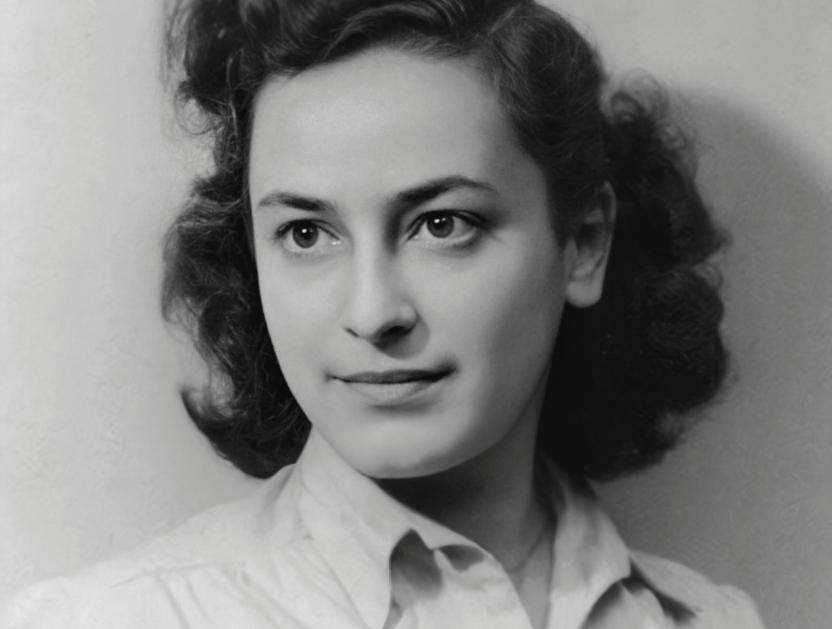Multicultural Neurorehabilitation
להגדלת הטקסט להקטנת הטקסט- ספר
Designing rehabilitation programs for patients who have suffered brain injury or disease is one of the core functions of clinical neuropsychologists. Ironically, the more that neuropsychologists have learned about the functional anatomy of the brain, the more they have realized how important the variable of culture is, not only in the expression of deficits, but in implementation of treatment programs. After all, tumors, strokes, and traumatic brain injuries do not just affect the brain, they affect a person who is a member of a particular family that has a particular ethno-cultural background
| כותר |
Multicultural Neurorehabilitation : clinical principles for rehabilitation professionals / Jay M. Uomoto, editor contributors, Julie Alberty [and twenty-five others]. |
|---|---|
| מהדורה |
1st ed. |
| מוציא לאור |
New York, New York : Springer Publishing Company |
| שנה |
2016 |
| הערות |
Description based upon print version of record. Includes bibliographical references at the end of each chapters. English |
| הערת תוכן ותקציר |
Cover -- Title -- Copyright -- Contents -- Contributors -- Foreword -- Preface -- Share Multicultural Neurorehabilitation: Clinical Principles for Rehabilitation Professionals -- Part I: Diversity and the Wider Context of Multicultural Neurorehabilitation -- Chapter 1: Neuroepidemiology and Racial Disparities in Neurorehabilitation Care -- Early Neuroepidemiological Studies of Traumatic Brain Injury -- Recent Investigations of Traumatic Brain Injury Epidemiology -- Neuroepidemiology of Stroke -- Racial Disparities in Neurorehabilitation Care -- Conclusions -- References -- Chapter 2: Working With People With Disabilities Within a Multiculturalism Framework -- Legislative Mandates -- Disability, Culture, and Rehabilitation -- Multiculturalism -- Helping Rehabilitation Professionals to Increase Cultural Sensitivity -- Conclusions -- References -- Part II: Multicultural Issues in the Neurorehabilitation Setting -- Chapter 3: Cultural Variables and the Process of Neuropsychological Assessment in the Neurorehabilitation Setting After Brain Injury -- Education -- Language -- Socioeconomic Status -- Acculturation -- Culture and Worldview -- Therapeutic Engagement in the Rehabilitation Setting -- Religion and Spirituality -- Interactions Among Multiple Diversity Factors -- Conclusions -- References -- Chapter 4: Language, Ethnicity, Culture, and the Neurorehabilitation Patient Experience -- Maximizing Cultural Respect and Integrating Respect into Treatment -- Cultural Competency -- Language and Education -- Working with a Qualified Medical Interpreter -- Acculturation -- Culture, Rehabilitation, and Psychotherapy: Adapting Treatment -- Addressing Challenges of Faith, Religion, and Spirituality -- A Framework of Cultural Relativism for Inpatient Neurorehabilitation -- The Transcultural Transdisciplinary Rehabilitation Team -- Conclusions -- References. Chapter 5: Layers of Culture: Its Influence in a Milieu-Oriented Holistic Neurorehabilitation Setting -- Culture of Health Care Providers and Rehabilitation Therapists -- How Does Milieu-Oriented Holistic Neurorehabilitation Create a Layer of Culture? -- Collectivism and the Hispanic Culture -- Conclusions -- References -- Chapter 6: The Effects of Acculturation on Neuropsychological Rehabilitation of Ethnically Diverse Persons -- Acculturation Theories: From Unidimensional to Multidimensional -- Measures of Acculturation -- Acculturation and Mexican Immigrants, African Americans, and Native Hawaiians -- Conclusions -- Authors' Note -- References -- Part III: Special Topics in Multicultural Neurorehabilitation -- Chapter 7: Disability Culture: An Ethics Perspective -- The Disability Rights Movement -- Conclusions -- References -- Chapter 8: The Effective Use of Certified Medical Interpreters in the Neurorehabilitation Setting -- The Need for Certified Interpreters -- The Role of the Medical Interpreter -- Types of Interpreters -- How to Work with an Interpreter -- Ethical Guidelines for Interpreters -- The Cost of Using a Certified Interpreter -- Case Examples by Dr. Alberty -- Conclusions -- Additional Resources -- Synopsis: Working with a Professional Interpreter in a Medical Setting -- References -- Recommended Reading -- Chapter 9: Rehabilitation in Military and Veteran Populations: The Impact of Military Culture -- Understanding Military Culture -- Unique Stressors in Military and Veteran Populations -- Impact of Military Culture on Rehabilitation -- Co-Occurring Disorders That May Impact Rehabilitation -- Resources and Programs -- Conclusions -- References -- Chapter 10: Racial and Ethnic Microaggressions in the Neurorehabilitation Setting -- Microaggressions: Theoretical Background and Empirical Findings. Microaggressions in the Neurorehabilitation Setting -- Education and Training for the Clinical Management of Microaggressions -- Conclusions -- References -- Chapter 11: Spirituality, Religiousness, and Culture in Neurorehabilitation -- Religion and Spirituality in the United States and the World -- Definitions -- Research on Religion, Spirituality, and Neurorehabilitation -- Spiritual/Religious Interventions -- Rehabilitation and Faith Traditions -- Spirituality and Religiousness in Multicultural Populations -- Indigenous Healing Methods and Health -- Case Examples -- Summary -- Recommendations -- Conclusions -- References -- Chapter 12: On New Directions to Advance the Field of Multicultural Neurorehabilitation -- Expansion of the Concept of Culture -- Expanding Neuroscience Research to Reflect the Influence of Culture -- Expanding Considerations of Culture in an Ecological Systems Model -- Expanding the Scope and Depth of Cultural Competency Training -- Expanding the Notion of Recovery of Function -- Expansion of Quality of Life Parameters -- The Concept of Health-Quality of Life -- An Existential-Cultural View of Changed Identity -- References -- Afterword -- References -- Index. |
| היקף החומר |
1 online resource (332 p.) |
| שפה |
אנגלית |
| שנת זכויות יוצרים |
©2016 |
| מספר מערכת |
997010718128805171 |
תצוגת MARC
יודעים עוד על הפריט? זיהיתם טעות?

 כניסה עם גוגל
כניסה עם גוגל
 כניסה עם פייסבוק
כניסה עם פייסבוק



